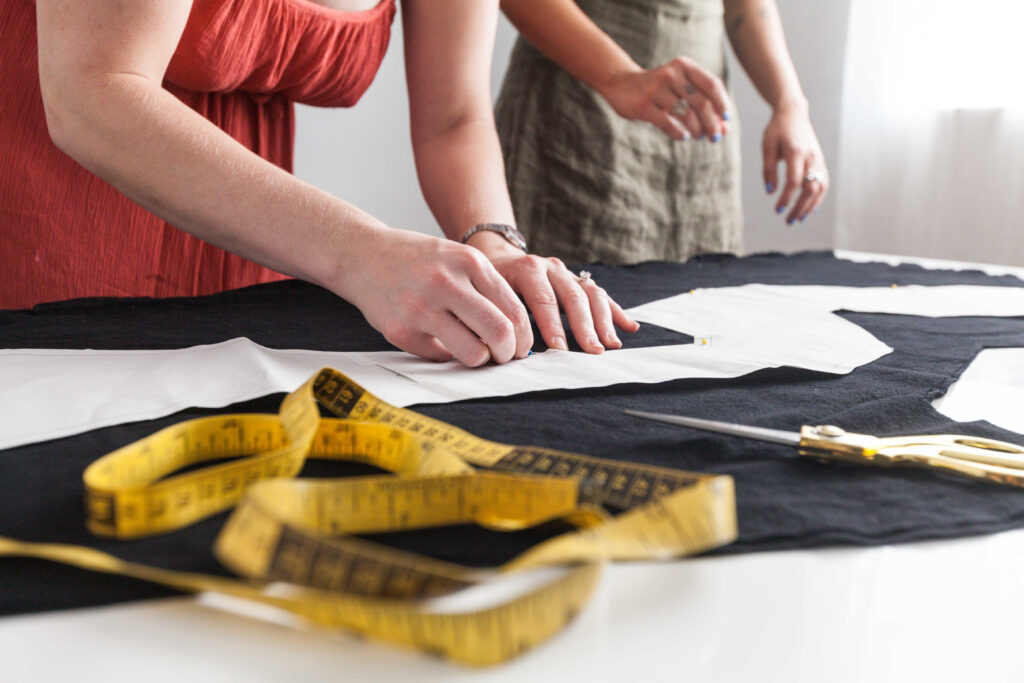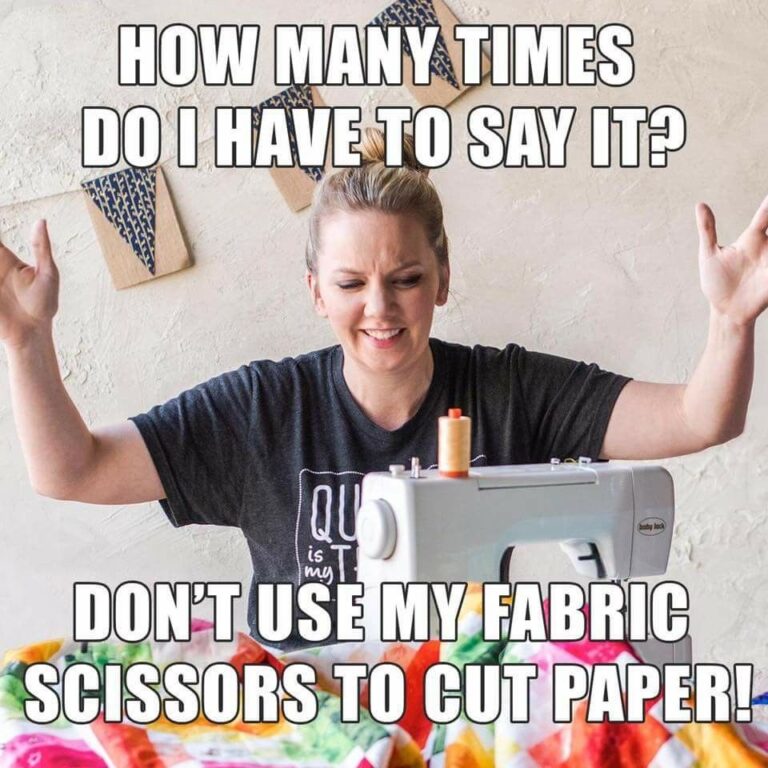Let’s make sure your sewing project turns out just the way you want it to!
It all starts with the fabric preparation. I know you just want to get cutting but if you follow these important but simple tips it will help to make sure that your sewing project looks and fits as intended.
Here are some helpful tips to prepare your fabric:
1. Wash The Fabric: Start by washing the fabric to prevent it from shrinking after your project is complete. (You really don’t want that!)
Just wash and dry it according to the washing instructions for that type of fabric – and for the way you intend it to be washed after making. If you buy the fabric online the washing instructions should be on the website. If you buy instore there should be a label. Always make a note (or photo) of the washing instructions.
This will also help to remove any chemicals known as ‘sizing’ and will make the fabric softer.

2. Ironing: Your fabric will have come off the line – or out of the tumble dryer in a crumpled heap. You will need to iron it to remove these wrinkles and creases, so that the pattern can lay flat on it. This will make sure that the pattern pieces are cut accurately. Make sure you set your iron to the appropriate temperature for the fabric and use a pressing cloth (just a bit of clean fabric such as a tea towel/dish towel) to protect delicate fabrics.
3. Pattern Layout: Before cutting out make sure that you have marked or pinned all the pattern pieces onto the fabric, including any duplicate or mirrored pieces needed. Make sure that the marked grainline on the pattern piece matches the lengthways grainline on the fabric. (The lengthways grain runs between the cut edges – not across the fabric.) Sometimes the marked grainline will need to be placed diagonally across the fabric so that the garment is cut on the bias to create a draped effect.
If the fabric has a prominent design (stripes or spots or large motifs) make sure that you have aligned them across the body pieces. And of course make sure that any motifs with a clear top and bottom (such as an animal motif) are cut with the heads at the top and the feet at the bottom of the garment. We wouldn’t want penguins or elephants marching around on their heads!

4. Cutting: The cutting line for each pattern piece has been carefully created by a professional so make sure that you follow this line accurately when cutting out. Be sure to use sharp scissors or a rotary cutter and mat. Ideally you should have a dedicated pair of dressmaking scissors – that are NEVER used for cardboard or paper projects! You may also need to cut out various pieces of interfacing – or fusible interfacing, to stiffen or strengthen the fabric in areas such as collars and button bands.

5. Marking: After cutting out your fabric, use tailor’s chalk, a fabric pen, pins or a specialized stitch called a tailor’s tack to mark any dots, notches and other positions that need to be transferred to the fabric. This will help ensure accuracy and a good fit.
You can buy your dressmaking scissors, rotary cutter and mat, dressmaking pins, fabric pen and most haberdashery at Love Crafts – click the (affiliate link) link below.

